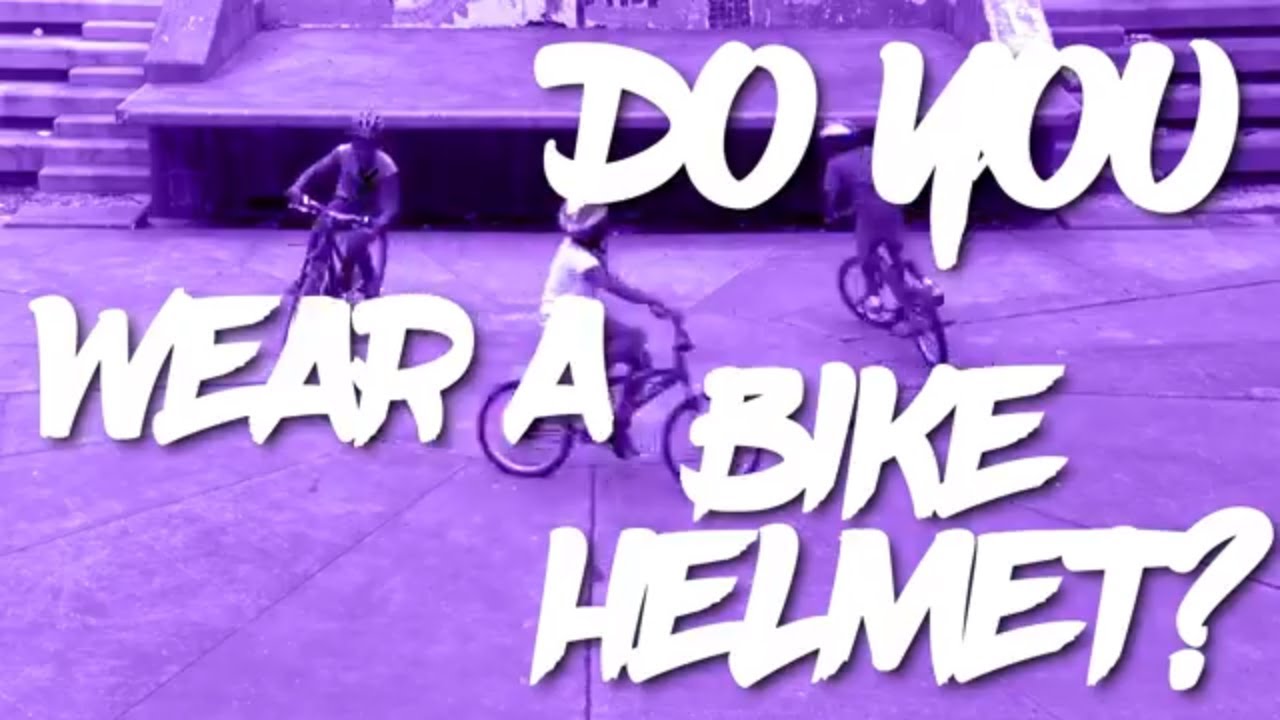Leticia Manning Ryan, MD MPH
Eileen McDonald, MS
We read with great interest the wise words of Arenal Haut, author of “Trauma Awareness Month: Thoughts from the Child of a Trauma Surgeon” in her outstanding blog post highlighting May as trauma awareness month. It reminded us of how children and adolescents can be powerful advocates and educators, influencing their peers about “what the smart choices are” that prevent serious injuries.
This is the persuasive nature of peer pressure. We often think of the negative aspects of peer pressure, when kids make unhealthy or unsafe choices due to their friends’ influences. But peer pressure can be positive too. When young people encourage each other to make positive choices and role model that behavior, this can create a mutually beneficial group dynamic.
Most children – and adults – know that bicycle-related crashes can cause significant injuries, including traumatic brain injuries in children. And, the evidence is strong to support helmets as a proven intervention that substantially reduces risk for and severity of bicycle-related head injury. So why is it that less than half of U.S. children wear helmets when riding bicycles? We tried to answer this question as we developed a bicycle helmet promotion video for youth in Baltimore City.
We started with a review of available videos, yet found a troubling lack of diversity in the children portrayed in the videos and a failure to include high-risk urban settings. We also found that most videos were long (>10 min) and focused on the mechanics of wearing a helmet, assuming that youth had already decided to wear one. Taking a different approach, we realized that we needed to talk with urban youth to find out what they thought about existing videos and to better understand what they and their friends thought about bike helmets. Ultimately, we wanted to make a youth-informed video that was culturally relevant and that could harness the positive aspects of peer influence. Studies of other successful safety educational interventions suggest that the development of culturally relevant prevention programs can be particularly effective.
Our next step was to conduct focus groups to talk to Baltimore City youth. In a small group setting, we gathered 8-15 year old youth who shared their thoughts on why kids their age don’t wear helmets and provided advice on what may convince someone their age to make the choice to wear a bike helmet. As we interacted with the kids, we noticed most of them had cell phones that were safely protected by cases. BAM — we had our video’s theme!
We partnered with a local Baltimore public charter school and engaged youth in the design and filming of the video. The video draws analogies between a cell phone and protective case and a bike helmet and the human brain, using unscripted messages from the youth. With an overall theme of empowering youth and to continue our cell phone analogy, we titled the 4-minute video “You Make the Call.” The video went on to win “Best in Show” from the National Health Information Awards (Nov 2018) and First Place—Short Video from the International Safety Media Awards as part of the 2018 World Injury Conference.
Most importantly, we tested the impact of the video in a small pilot test in a pediatric medical practice. Parent-child dyads who agreed to participate were asked to watch the video on a computer tablet in the clinic. The child received a free bike helmet and fitting demonstration by a research staff member. The parent received a one page parent guidance document that reinforced proper and consistent helmet use. Pilot testing of the intervention with 20 parent-child dyads found that self-reported helmet use was significantly higher, post intervention. There were also increases in parental requirement of helmet use and youth acknowledging the possibility of falling when riding a bike.
This youth-informed and culturally tailored approach could be explored as a strategy to use positive peer pressure to address other important injury prevention topics among at risk children and adolescents.
Author credits:
Leticia Manning Ryan, MD, MPH, FAAP
Director of Research, Division of Pediatric Emergency Medicine
Associate Professor, Department of Pediatrics, Johns Hopkins University School of Medicine and Department of Health, Behavior and Society, Johns Hopkins Bloomberg School of Public Health
Senior Scientist and MSPH Program Director, Department of Health, Behavior and Society
Associate Director for Translation, Johns Hopkins Center for Injury Research and Policy
Director, Children’s Safety Center and PI, Injury-Free Kids-Baltimore


